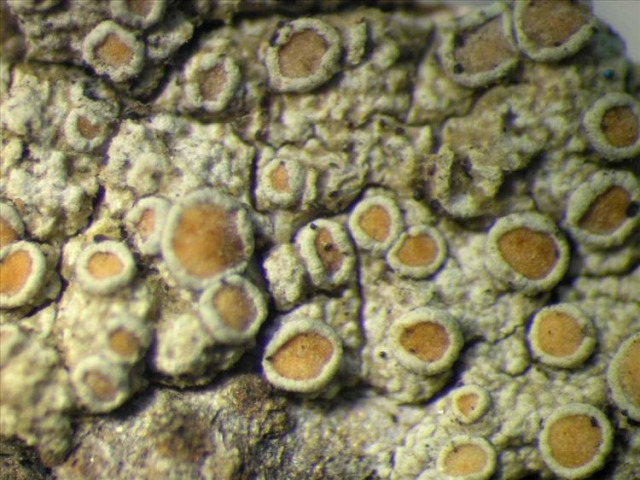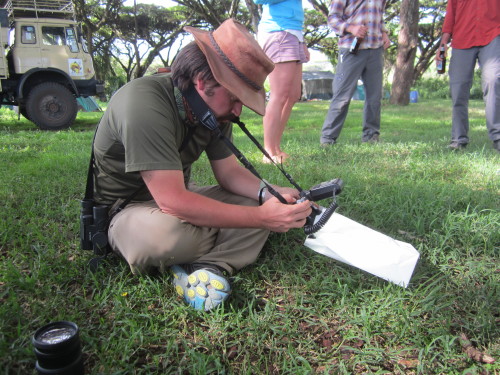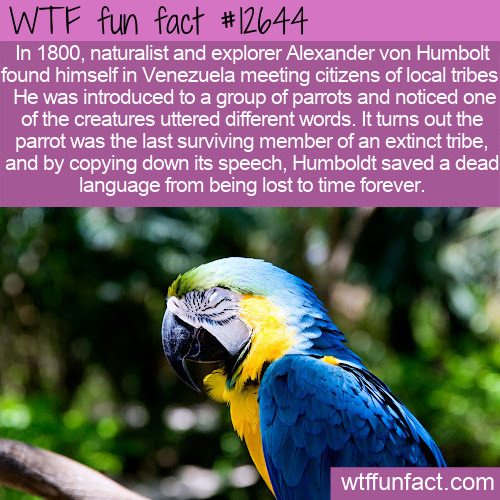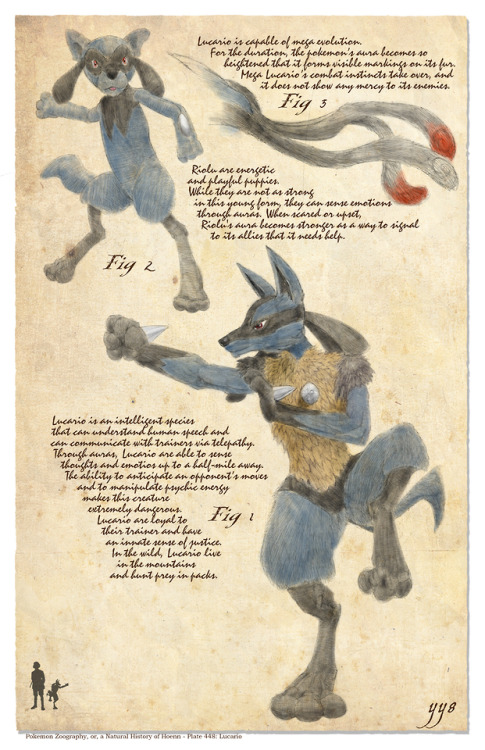#naturalist








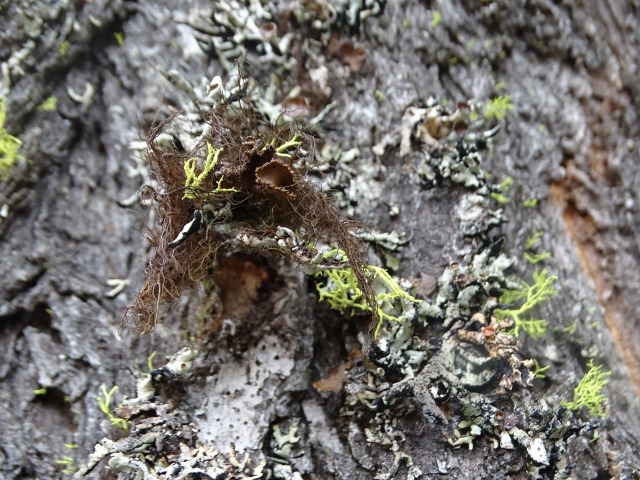

Nodobryoria abbreviata
Tufted foxtail lichen
I have been really thinking I need a haircut lately. I can’t pull off the long-haired, brunette look like N. abbreviata. This brittle, fruticose lichen grows on conifers in chaparral and coast-adjacent woodland. It has a reddish-brown, fruticose thallus, and flat, concolorous apothecia surrounded in a ciliate margin. Nododobryoria was only recognized as a sperate genus from Bryoria lichens in 1995 due to a difference in chemical composition and cellular structure. Goes to show you shouldn’t judge a lichen by its thallus–it’s what’s on the inside that counts!





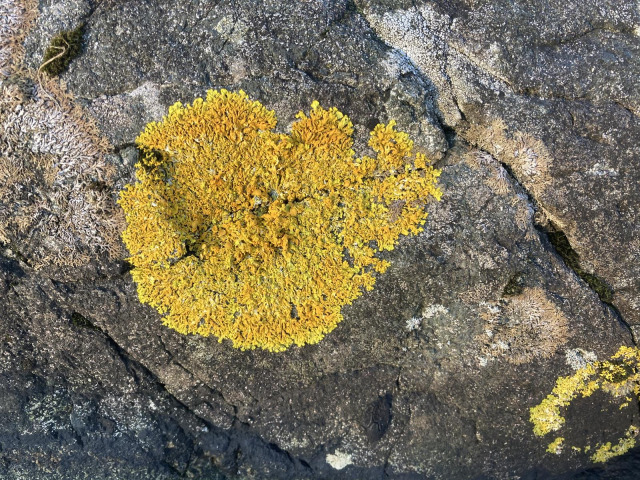

Xanthoria aureola
ok, before I get a bunch of messages and reblogs like “Oh! I’ve seen this! It’s all over my neighborhood!” I am gonna kill your hopes and dreams right now by saying what you are most likely seeing is Xanthoria parietina, which is super common pretty much everywhere and grows on just about everything. But, if your neighborhood happens to be a wind-swept, rocky, coastal habitat in Europe or northern Africa, this might actually be your guy! X. aureola is has a thick, golden-yellow to orange, foliose thallus made up of narrow, strap-shaped, overlapping lobes. It rarely produces apothecia, which are flat, round, and concolorous with the upper surface. It grows on nutrient-rich or siliceous rocks and cliffs along the seashore, and occasionally on walls and old wood.










Platismatia herrei
Herre’s ragged lichen, tattered rag lichen
Can you believe people have the gall to describe P. herrei as “ragged?” When it is probably the most stunning thing I have seen today? The nerve, honestly. This foliose lichen has long, thin lobes that grow straight-up or drooping over. The lobe edges are covered in a thick layer of isidia (clonal propagules containing both algal and fungal components). The upper surface is typically a pale gray or green, sometimes turning brown after prolonged sun exposure. The lower surface is patchy white, gray, and brown with few rhizines. P. herrei grows on conifers in the Pacific NW of North America. And is beautiful and perfect and not ragged even a little bit.
images:source|source|source|source|source
info:source










Diplotomma venustum
Venerating celebrities is out, venerating lichens is IN! Public figures will let you down and devastate you emotionally but you know who would never do that to you? D. venustum. They’re your unproblematic fave now. Deal with it.
This crustose lichen grows in thick, white rosettes dotted with black or chalky gray apothecia. It colonizes calcium-rich rocks and human-made surfaces in open areas of northern Africa, Asia, Europe, North America, and Greenland.




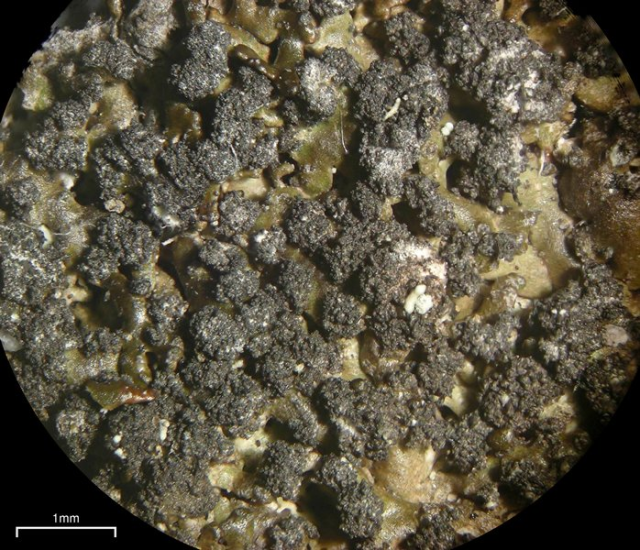
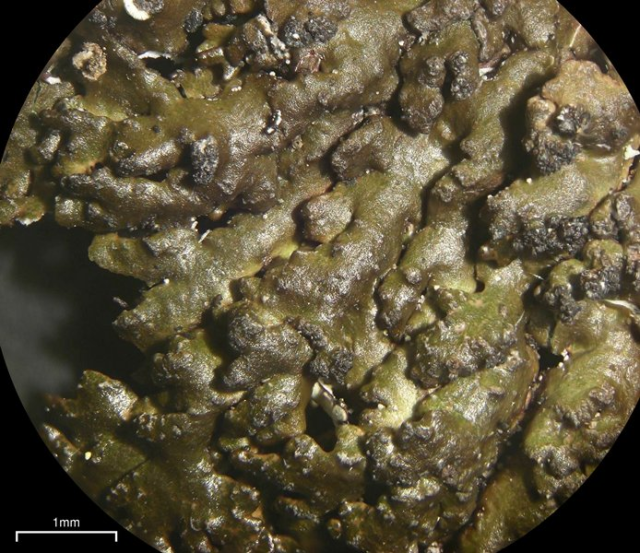




Montanelia disjuncta
Dark lichens are easily overlooked compared to their flashier cousins, but when you get up close and personal, you can see how stunning they truly are! This strongly lobed, foliose lichen grows in rounded rosettes closely attached to vertical, siliceous rock. It has a dark olive to brown to black upper surface, and a dark, rhizinate lower surface. It produces dark brown to black soredia, and only rarely, sorediate-encircled apothecia. M. disjuncta grows in boreal and montane habitats in North America, Europe, northern Asia, and central Africa.



Arthonia trilocularis
Can you believe this little little gray spot is a lichen? It’s true. A. trolocularis is a foliicolous lichen, meaning it grows on the surface of long-lasting leaves.
A little inside peak into Lichenaday HQ–when I search for images of a lichen, a lot of times I get pictures like this:

This is a picture from a botanical collection (The New York Botanical Garden in this one) of a lichen specimen. And a lot of times, these pictures are not that great. Like in this picture, it is hard to know what you are supposed to be looking at because there’s a big, dry, dead leaf with a bunch of splotches on it. And believe it or not, this is one of the better ones I’ve seen! Because A. trilocularis, the subject hear, is kinda just a splotch on a leaf, and this was the only picture of it I could find that actually like, shows *the leaf.* For a lot of other lichens, once they are dried and aged, they don’t look like the living specimen at all, and the pictures are often from such a distance that you can’t tell what the F you are looking at. But those are the only pictures I find for lots of species. I avoid posting them because they are usually not great to look at and not super helpful for field ID purposes, but I thought I’d share this one so you get an idea of the substrate for this little splotchy fella.








Candelariella coralliza
Naming a kid anytime soon? Have you considered the name Coralliza? And they can go by Liza, and people will be like, “oh, like Liza Minnelli?” and they can be like “No, like the lichen.” This crustose lichen is described as coralloid, or coral-like in growth form. It grows in 2 mm thick patches of cracked, grainy, bright yellow thallus. It has flat-disked, yellow apothecia, often with a gray or black tint. C. coralliza is ornithocoprophilic, meaning it likes to grow where there is lots of bird poop! So you can often find it near coasts or high in the mountains, growing on rocks and roofs frequented by perching birds. Maybe not what you want to name your kid after, but maybe it would be a reminder that even beautiful things can some out of shitty situations.




Cora timucua
I’ll be honest with you–not a big fan of April Fool’s day. Maybe because I am gullible, or not clever enough to think of my own pranks. So instead, I am sharing what I *hope* is an elaborate prank lichens are pulling on us–The Timucua Heart Lichen Project.
The Timucua Heart Lichen (Cora timucua) is a species of lichen endemic to Florida and the only species in the genus Cora to have inhabited the United States. It is named after the Native American people who lived in Northeast and North Central portions of what is now Florida. While historically its range included large areas of Florida, the only areas where the lichen has been reported in the second half of the 20th century are the Ocala National Forest and the O’Leno State Park. Despite its showy appearance, the species has not been collected or observed since 1985, so it is at least critically endangered or possibly even extinct. The main goal of the proposed project is to conduct an extensive and cooperative search for the species throughout its historical range and areas where the species could potentially grow, to investigate if it still exists in the wild and if so, to propose actions for its conservation. The search will engage a diverse group of people, including scientific experts, lichen enthusiasts, land managers, and the general public. Cora timucua grew primarily on shrubs in the endangered Florida sand pine scrub ecoregion, of which only 10-15% is estimated to remain intact. Thus, the majority of the search effort will be conducted in that ecoregion.
I hope dearly that this gorgeous pal is just hiding somewhere out there, and we will find it alive and well in due time.
images:source


Pretty lady - Golden Northern Bumblebee
Robert, photographing beetles and exemplifying nerdity
Ngorongoro Crater Conservation Area, Tanzania
January 15, 2016
Juan Oteyza
I was recently asked how I go about creating bug portraits. Everyone has a different method to their madness, but mine tends to have a bit more madness in its method. First of all, I’m cheap. I use a $20 Polaroid macro ring light (that sucks batteries and refuses to communicate with my camera) and whatever white surfaces are available to me. In the field, I like using recycled white paper bags like the one here (it once held my malaria medication). And at home I use a white bowl (stolen from my university’s dining commons, shhhh, don’t tell).
Generally, I put the ring light on “light” mode (where it simply becomes an expensive flashlight) and adjust my settings to make the white look as naturally white as possible before introducing my subjects. Getting bugs to sit still is probably the most difficult part of this process. I don’t have any surefire ways to achieve this, but, because I tire of their shenanigans easily, I’ll often leave a bug in a vial overnight to let it calm the f*** down. Sometimes this works. Usually it doesn’t.
For some insects and arachnids, you just need to time your shots right. I find that most spiders tend to pause briefly while hopelessly traversing my endlessly white bowl (perhaps to contemplate their hopelessness, but more likely in an attempts to visually assess their world something something visual acuity). I’ve discovered that some beetles tire out quickly, so I harass them for a few minutes to prevent them from resting, before photographing them while they’re recuperating. Most beetles, however, seem to prefer to just curl up and hunker down, unfortunately. For these, I’ve found that gently (or ferociously, depending on my level of patience) blowing on them often gets them to emerge from their defensive state.
But that’s all just the set-up. The real star of the show is always the camera/lens (in my opinion). I use a compact mirrorless DSLR (a Panasonic GX7 and, in older photos, a DMC-GF3) which is relatively small and portable, so I can bring it everywhere I go. Literally everywhere. You never know when you’re going to find a really really cool bug (like this one which I discovered while pooping early one morning–or this one that crawled on me while I was nude sunbathing). Literally EVERYWHERE I GO. My lens for macro work is a Panasonic Leica DG Macro-Elmarit 45mm fixed lens for a micro 4/3 mount. He’s my pride and joy and the best purchase I have ever made.
As for editing software, I find that, if I’ve done the set-up and shooting correctly, not much gets done on the back-end, so I use Google’s old Picasa software (free!) for basic fine-tuning. They recently discontinued service for this product and are pushing their mobile app “Snapseed” instead. I recently tried out Snapseed and am amazed at its capabilities. I just refuse to do all my photo editing on a phone. I’ll figure it out eventually.
Feel free to ask any other questions you might have! Cheers!
Post link
This natural history nerd has been promoted to Natural History Curator! Currently serving as the (only) curator of the Philip L. Wright Zoological Museum (UMZM) at the University of Montana!
Prepare to be bombarded with photos of skeletal material, plumage macros, and taxidermy selfies.
(P.S. if you’d like to buy one of these awesome Slater Museum of Natural History shirts,contact Katy P.)
Post link
Pokemon Zoography, or, a Natural History of Sinnoh - Plate 448: Lucario
►Store►buy me a coffee►support on patreon ►more pokemon art
Post link























